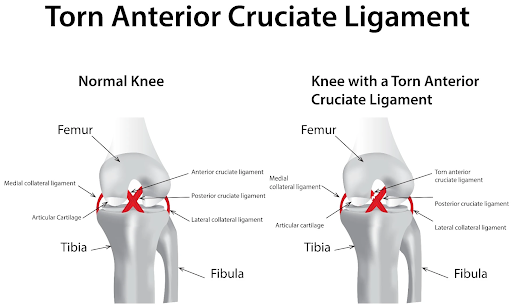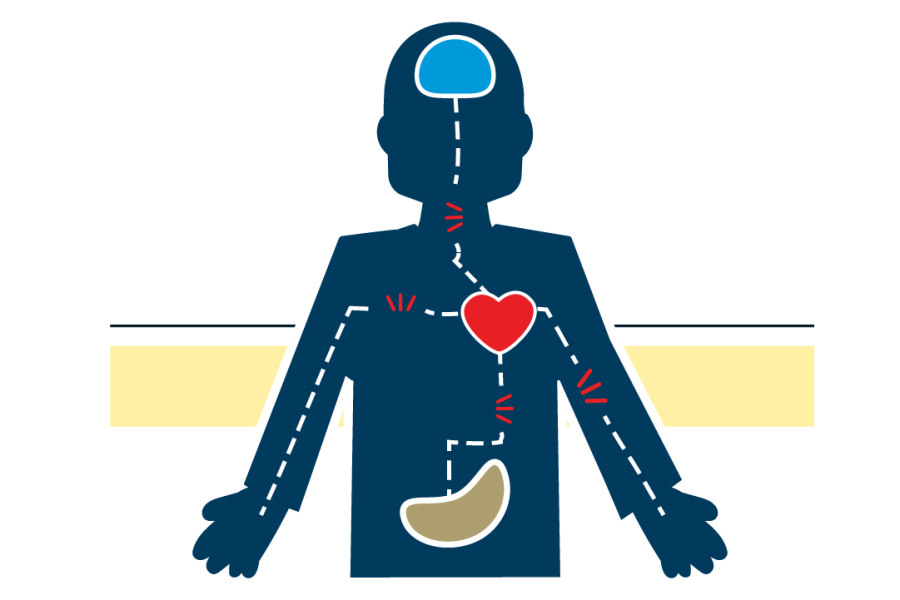
November is National Awareness month for Diabetes. More than 133 Americans are currently living with Diabetes. There are 3 main different types of Diabetes, but what are they?
Type 1
Type 1 typically means that your pancreas does not or is not producing enough insulin to help your blood sugar enter the cells for the use of energy. In 2019, it was discovered that 22 million people are living with type 1. Having type 1, people have to carefully watch their blood sugar to make sure that the level is high enough in order to keep producing energy for them. If it ever gets too low you may see them eating or drinking anything that is sweet and/or has sugar. They also have to make sure that they are not consuming too much carbs, but without carbohydrates, your insulin levels could decrease too low. Instead, you could choose to eat healthier carbs such as wholegrain, starchy foods, fruit and vegetables, pulses, unsweetened yogurt and milk, , nuts and seeds. So in the end, people with type 1 diabetes usually don’t produce enough insulin, so they are constantly having to watch their blood sugar level.
Type 2
Type 2 means that your pancreas makes insulin but makes less than what your body needs and your body then becomes resistant to insulin. The body’s cells do not react to the insulin that your body is producing. In 2021, it was estimated that 29.7 million people of all ages or 8.9% of the US population.You can get type 2 from diet and exercise factors, but a family history of type 2 raises your chances of inheriting it. If you have type 2 you need to manage your food choices, stay at a healthy weight, move more every day, and take medicine daily even if they think that they are feeling good. As well as drinking plenty of water during the day to avoid dehydration and adjusting medications is needed.
Gestational
Insulin is a hormone created by your pancreas. Gestational diabetes occurs when your body is not producing enough insulin while you are pregnant. If you get gestational while pregnant, there is a chance your child could get diabetes later in their life. But, most people who have had gestational diabetes give birth to perfectly healthy babies. You can manage your gestational diabetes by actively monitoring the baby’s health, moving actively throughout the day, and/or following a healthy eating plan given by your doctor during the right time of day. Sometimes if needed, some women may even need to take insulin in order to stay healthy.
All in all, November is National Diabetes recognition month, recognizing those who have diabetes because they may go through hard times during their life. Diabetes can be risky, it can send you to the hospital or even make you sick. Diabetes is hard to live with, but they do push through it. 6 out of 100 pregnant women, women are more likely to receive gestational diabetes if you are over 25. This year’s focus for 2023-2024 is on starting to take action to help prevent diabete health problems.








